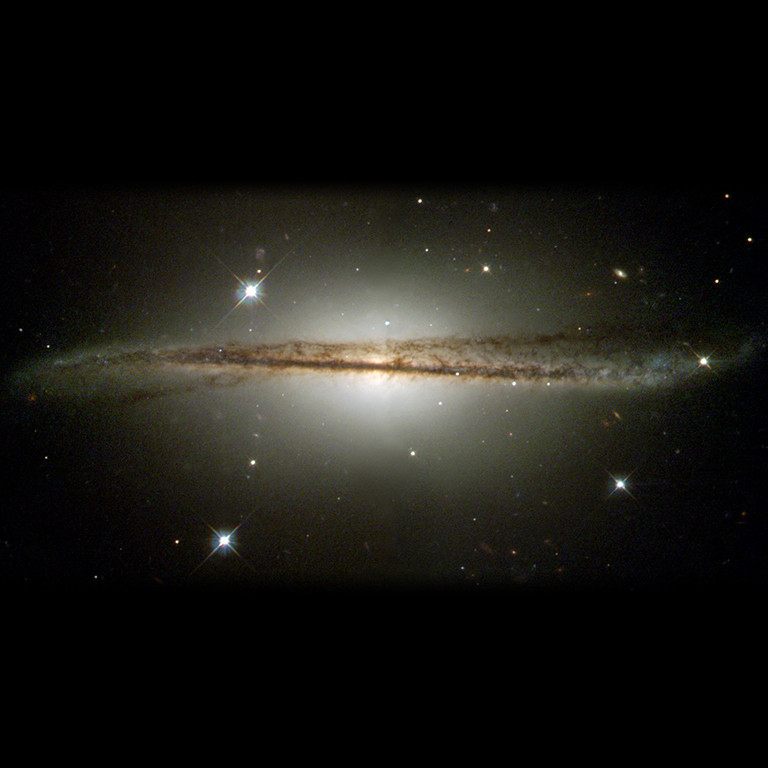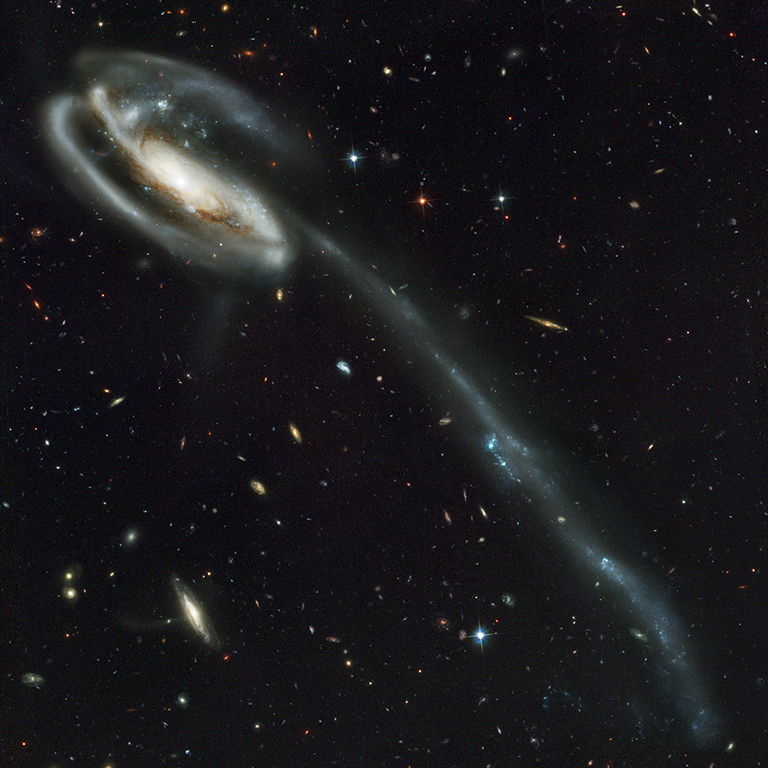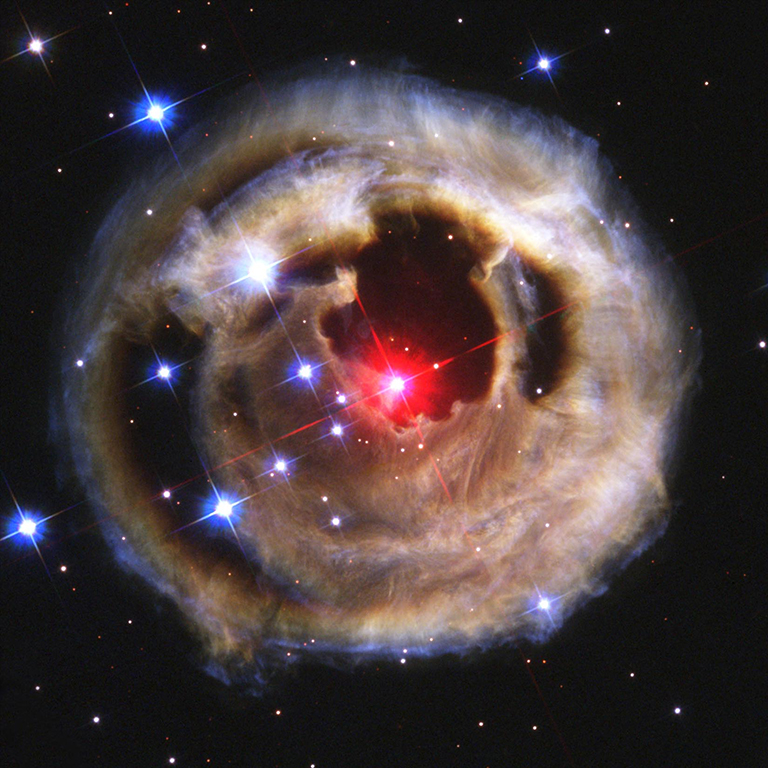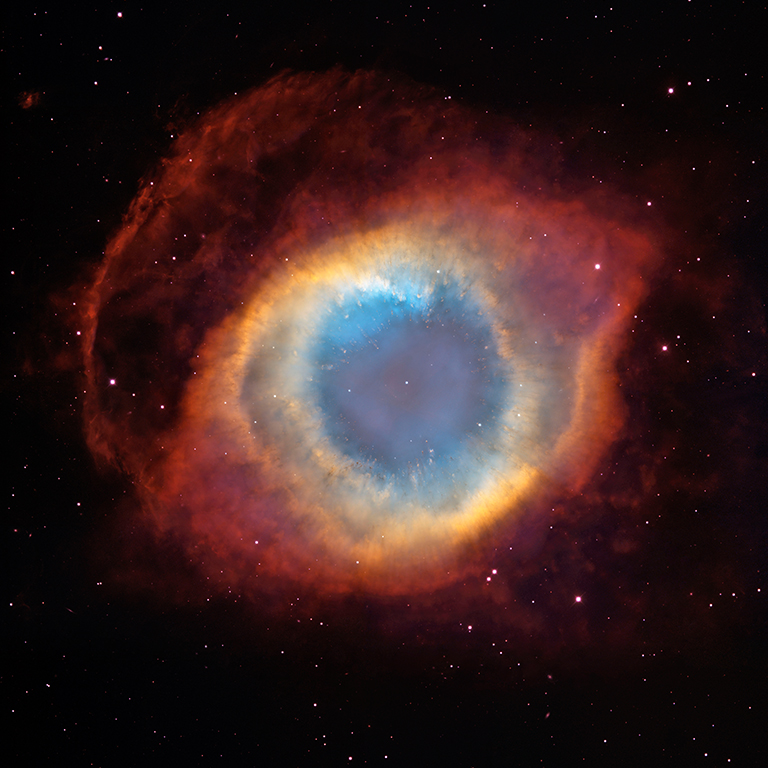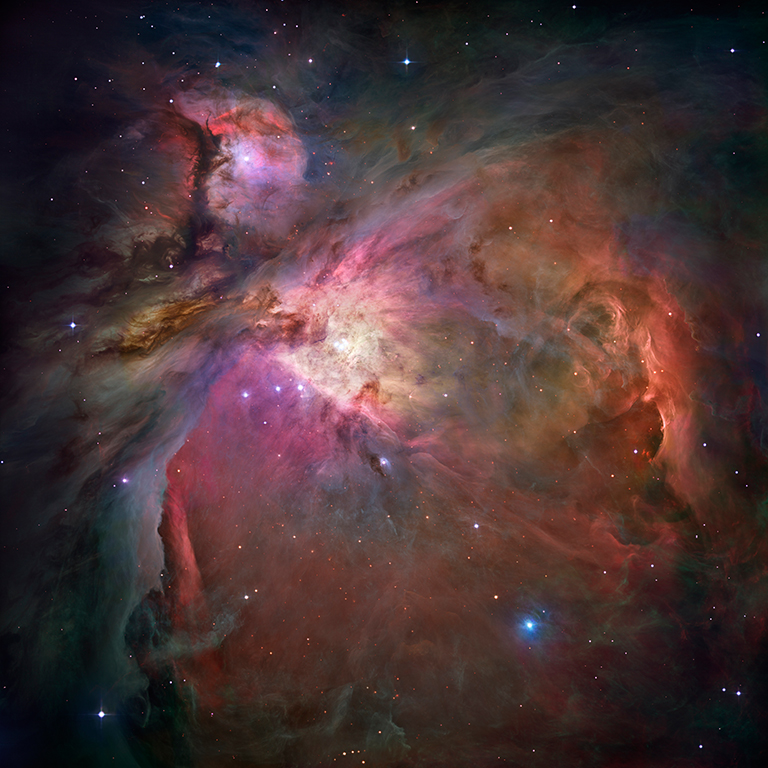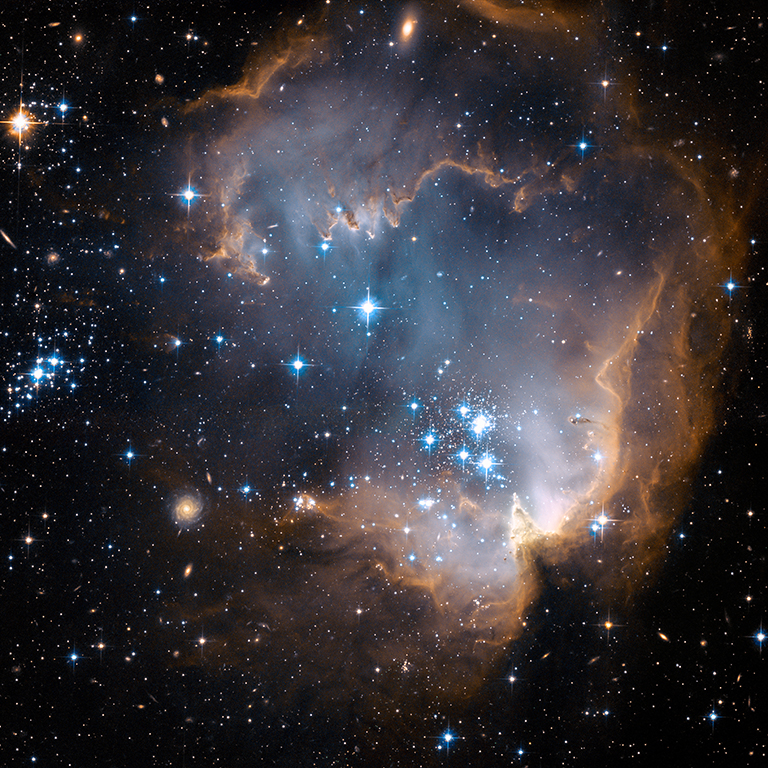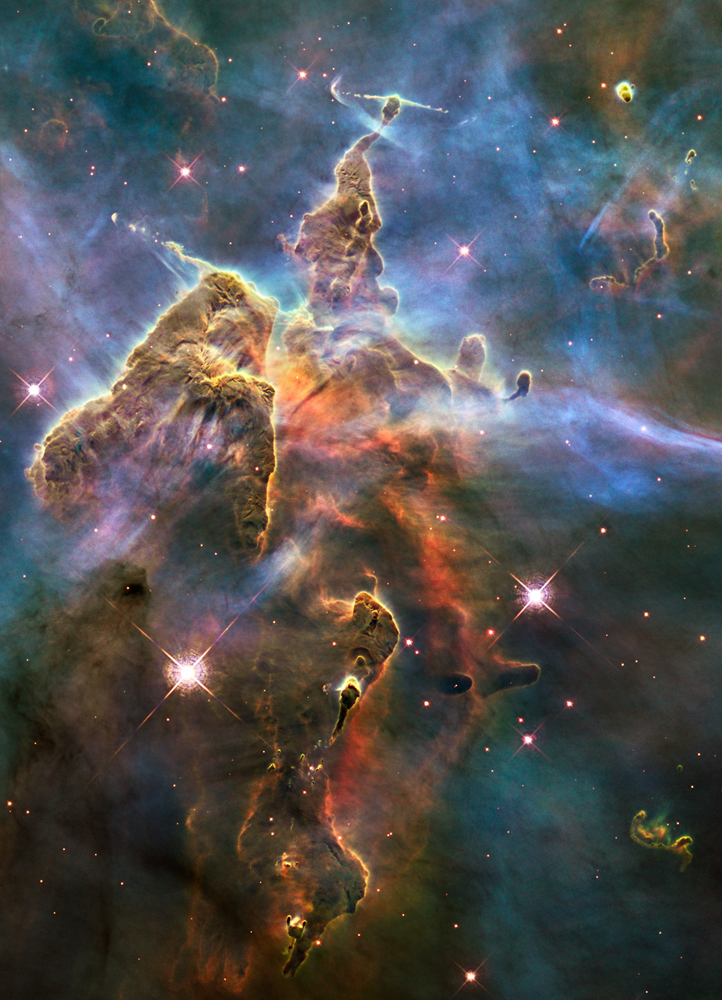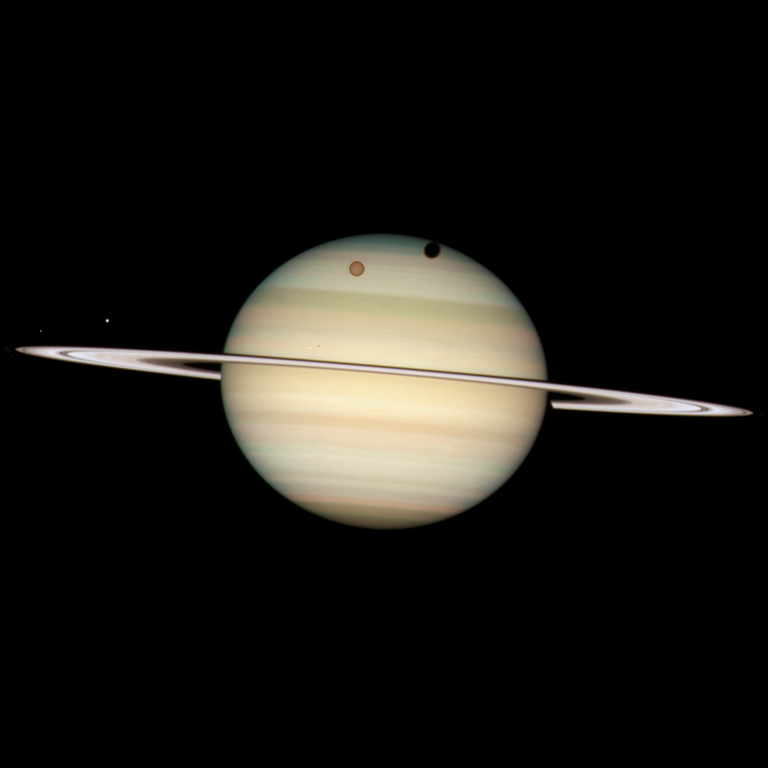The Hubble Space Telescope: A 25th Anniversary Photo Celebration
2001: Warped Edge-On Galaxy ESO 510-G13
NASA's Hubble Space Telescope has captured an image of an unusual edge-on galaxy, revealing remarkable details of its warped dusty disk and showing how colliding galaxies spawn the formation of new generations of stars. Strangely twisted galaxy ESO 510-G13 lies in the southern constellation of Hydra, at a distance roughly 150 million light-years from Earth.
2002: Tadpole Galaxy
UGC 10214, the "Tadpole" galaxy, possesses a shape radically different than other spiral galaxies, pulled wildly out of shape by the very blue, compact galaxy seen at upper left. The Tadpole lies about 420 million light-years away in the constellation of Draco.
2003: V838 Monocerotis
V838 Monocerotis (V838 Mon) had been a dull star in an obscure constellation until January 2002, when it suddenly glowed 600,000 times more luminous than our sun, temporarily making it the brightest star in our Milky Way galaxy. NASA's Hubble Space Telescope captured the phenomenon called a "light echo" consisting of light from a stellar explosion echoing off circumstellar dust.
2004: Helix Nebula
The vastness of the Helix Nebula planetary nebula required two telescopes to capture this image: NASA's Hubble Space Telescope and the Mosaic II Camera on the 4-meter telescope at Cerro Tololo Inter-American Observatory in Chile. A planetary nebula such as this consists of a gaseous envelope blown off by a dying star. The Helix may contain two gaseous disks nearly perpendicular to each other.
2005: Whirlpool Galaxy (M51)
Spiral galaxy M51 (NGC 5194), The Whirlpool Galaxy, displays its long arms which consist of stars and gas laced with dust arranged in long lanes. NGC 5195, the small, yellowish galaxy to the right, appears to tug on one of the Whirlpool's arms, but NGC 5195 actually floats behind the Whirlpool.
2006: Orion Nebula
520 Hubble images, taken in five colors, combine together to make this picture of the Orion Nebula. The Orion Nebula lies 1,500 light-years away, the nearest star-forming region to Earth. The bright glow at upper left emanates from M43, a small region shaped by a massive, young star's ultraviolet light.
2007: NGC 602
Star cluster NGC 602 lies at the heart of a star-forming region. High-energy radiation pours out from the hot young stars, sculpting the inner edge of the outer portions of the nebula.
Breaking space news, the latest updates on rocket launches, skywatching events and more!
2008: Interacting Galaxy Arp 148
Interacting galaxy Arp 148 represents the staggering aftermath following a collision of two galaxies, resulting in a ring-shaped galaxy and a long-tailed companion. Arp 148, nicknamed Mayall's Object, lies in the constellation of Ursa Major, the Great Bear, approximately 500 million light-years away.
2010: Pillar and Jets in Carina
NASA's Hubble Space Telescope captured this view of a stellar nursery called the Carina Nebula, which lies 7,500 light-years from Earth, on Feb. 1-2, 2010.
2009: Saturn Quadruple Moon Transit
The Hubble Space Telescope took a photo of four moons of Saturn passing in front of (transiting) the ringed planet on February 24, 2009. Here, orange-colored moon Titan casts a large shadow onto Saturn's north polar hood. Below Titan, near the ring plane and to the left floats the moon Mimas, casting a smaller shadow onto Saturn's equatorial cloud tops. Farther to the left, not on Saturn's disk, lie the bright moon Dione and the fainter moon Enceladus.

Space.com is the premier source of space exploration, innovation and astronomy news, chronicling (and celebrating) humanity's ongoing expansion across the final frontier. Originally founded in 1999, Space.com is, and always has been, the passion of writers and editors who are space fans and also trained journalists. Our current news team consists of Editor-in-Chief Tariq Malik; Editor Hanneke Weitering, Senior Space Writer Mike Wall; Senior Writer Meghan Bartels; Senior Writer Chelsea Gohd, Senior Writer Tereza Pultarova and Staff Writer Alexander Cox, focusing on e-commerce. Senior Producer Steve Spaleta oversees our space videos, with Diana Whitcroft as our Social Media Editor.
